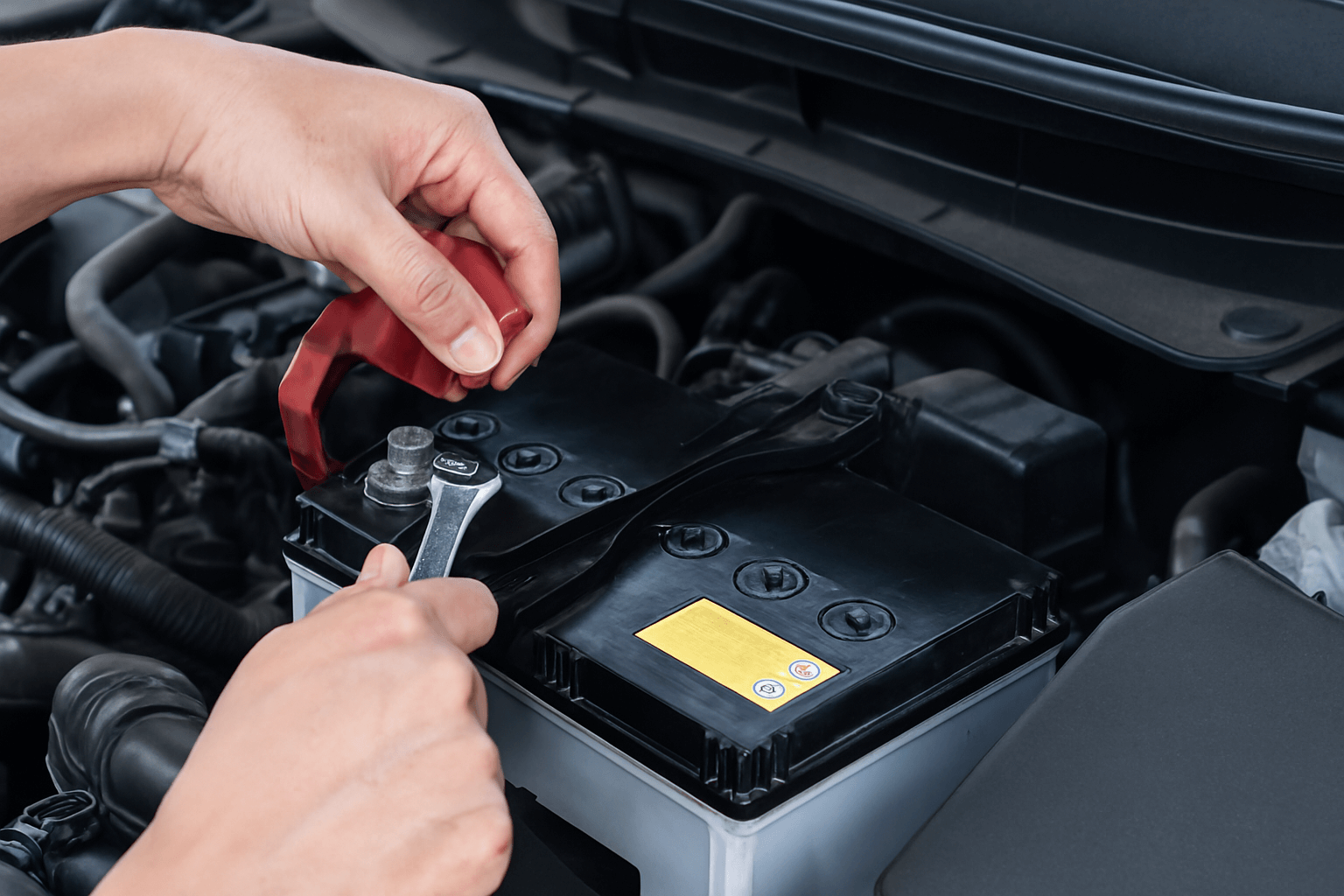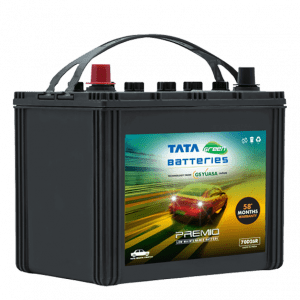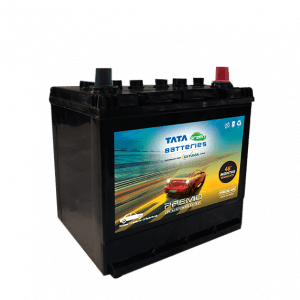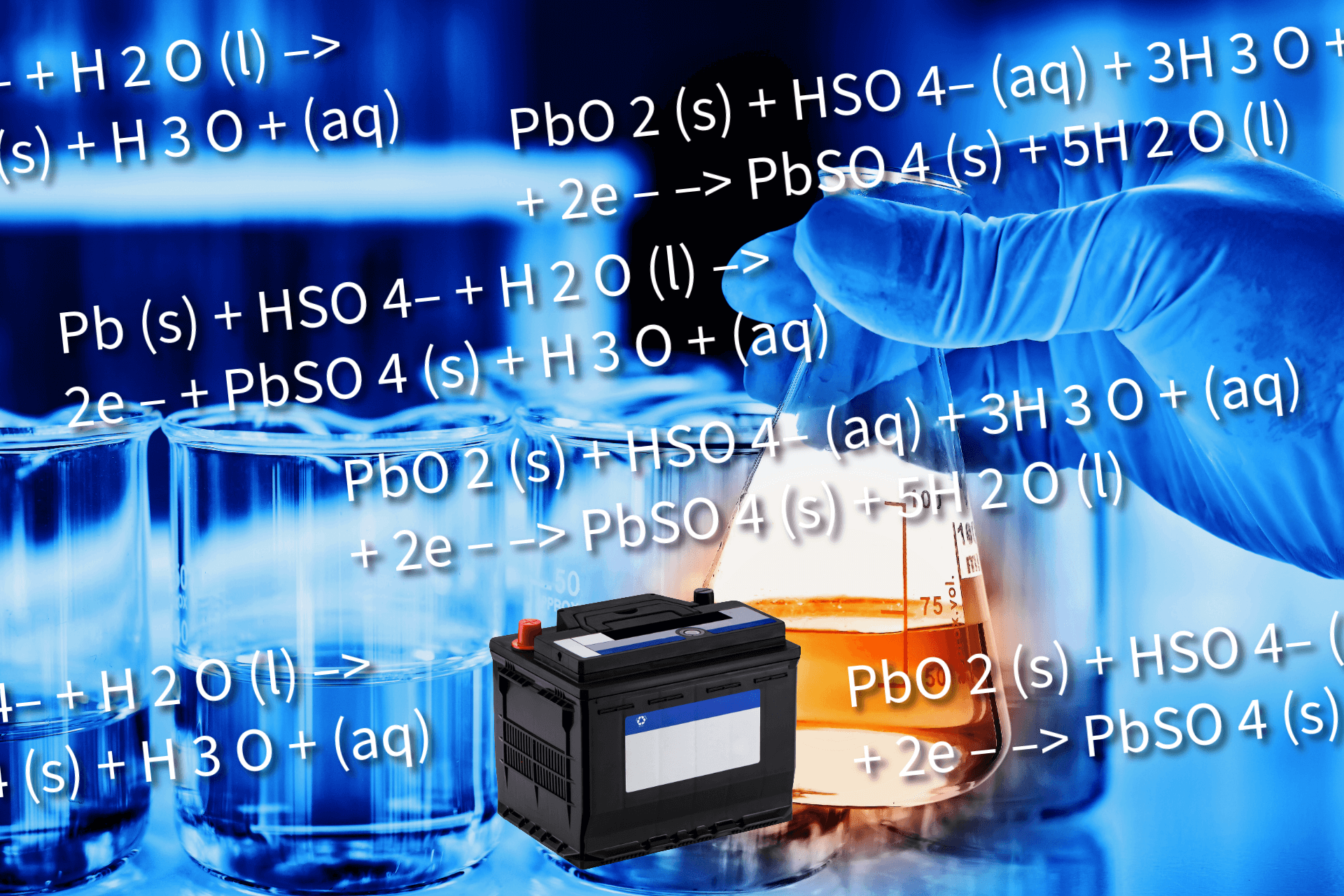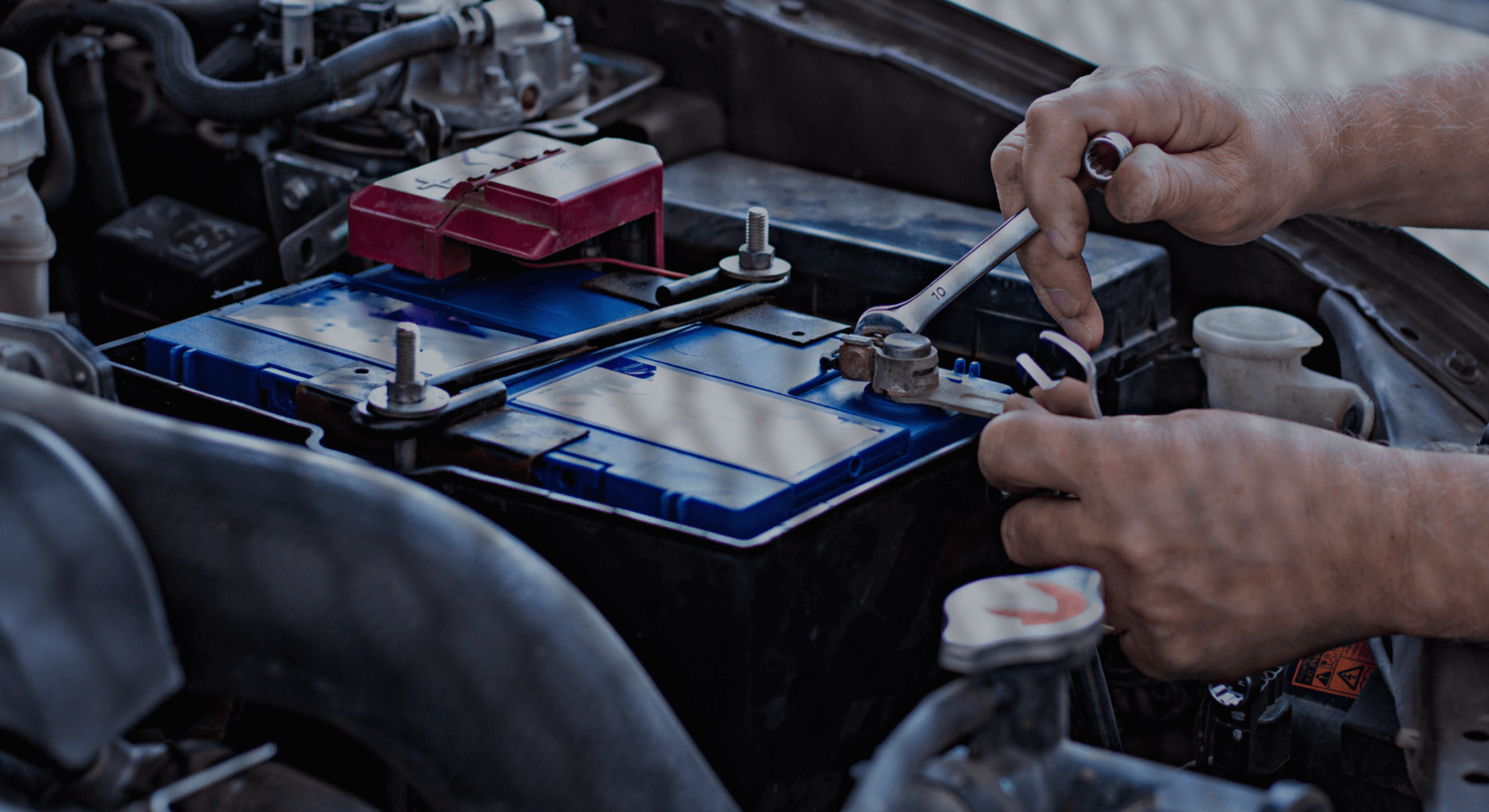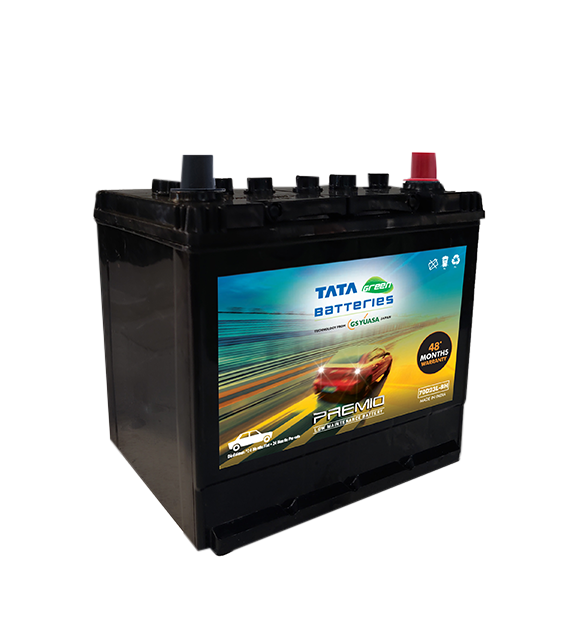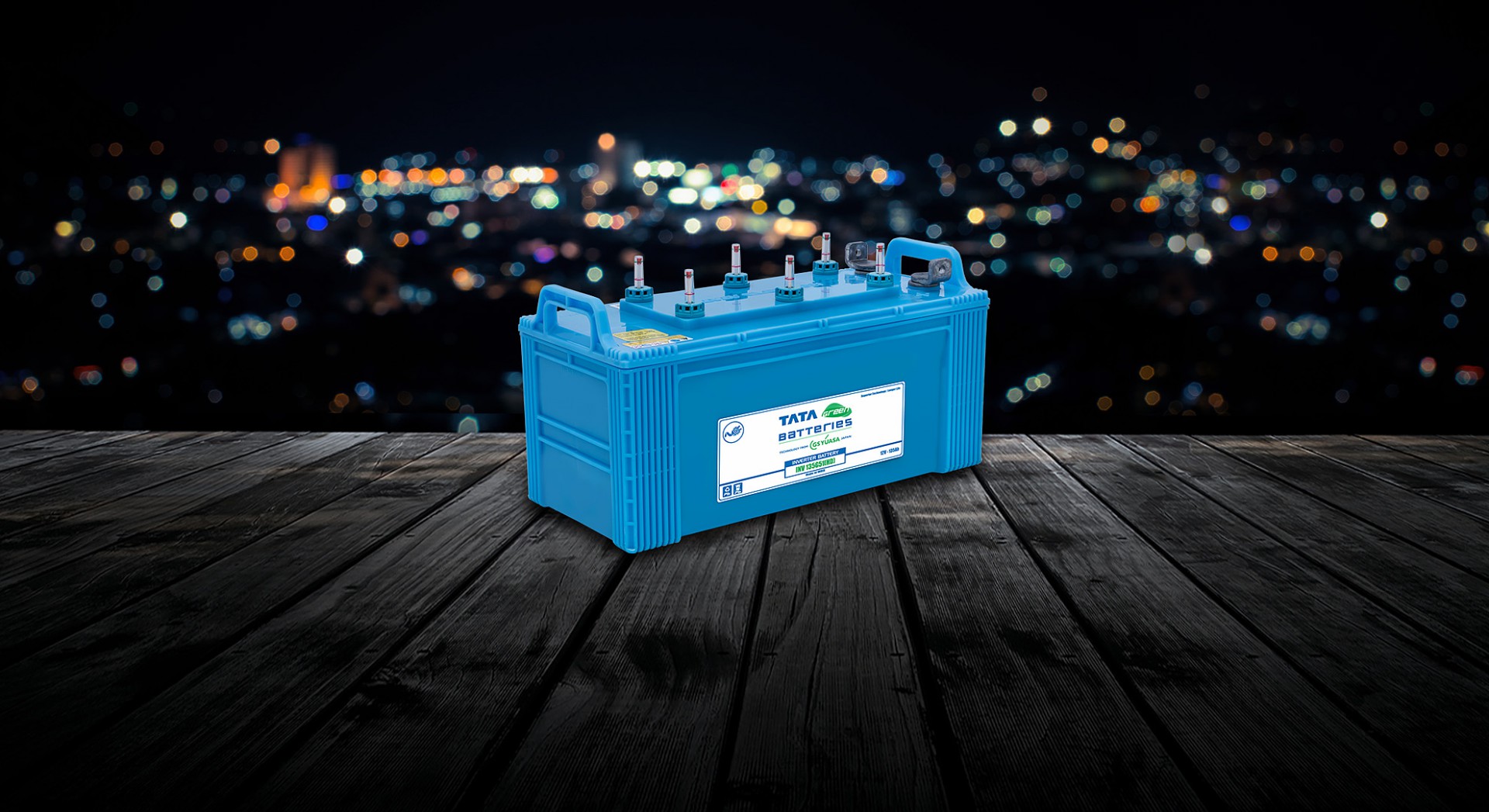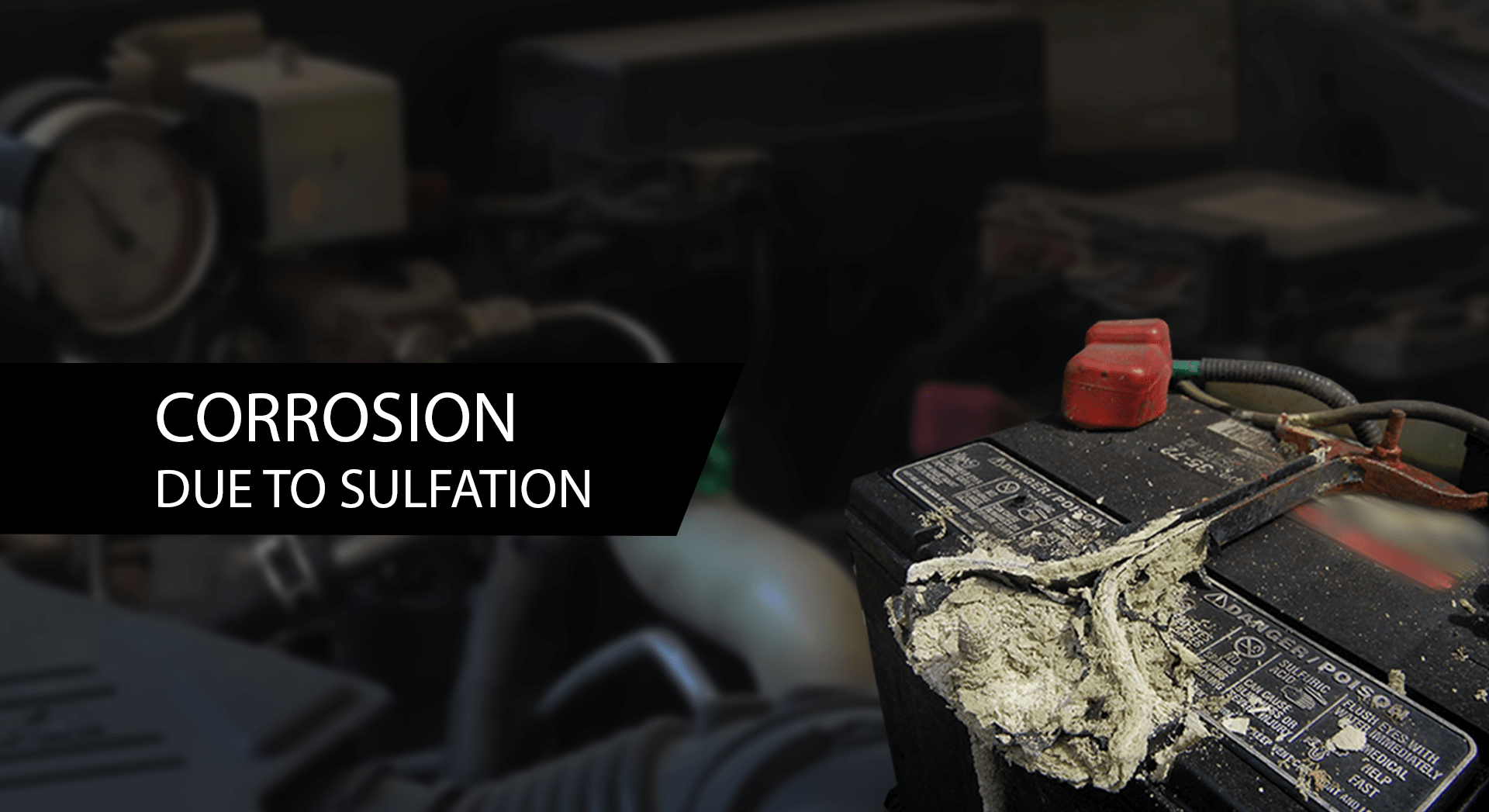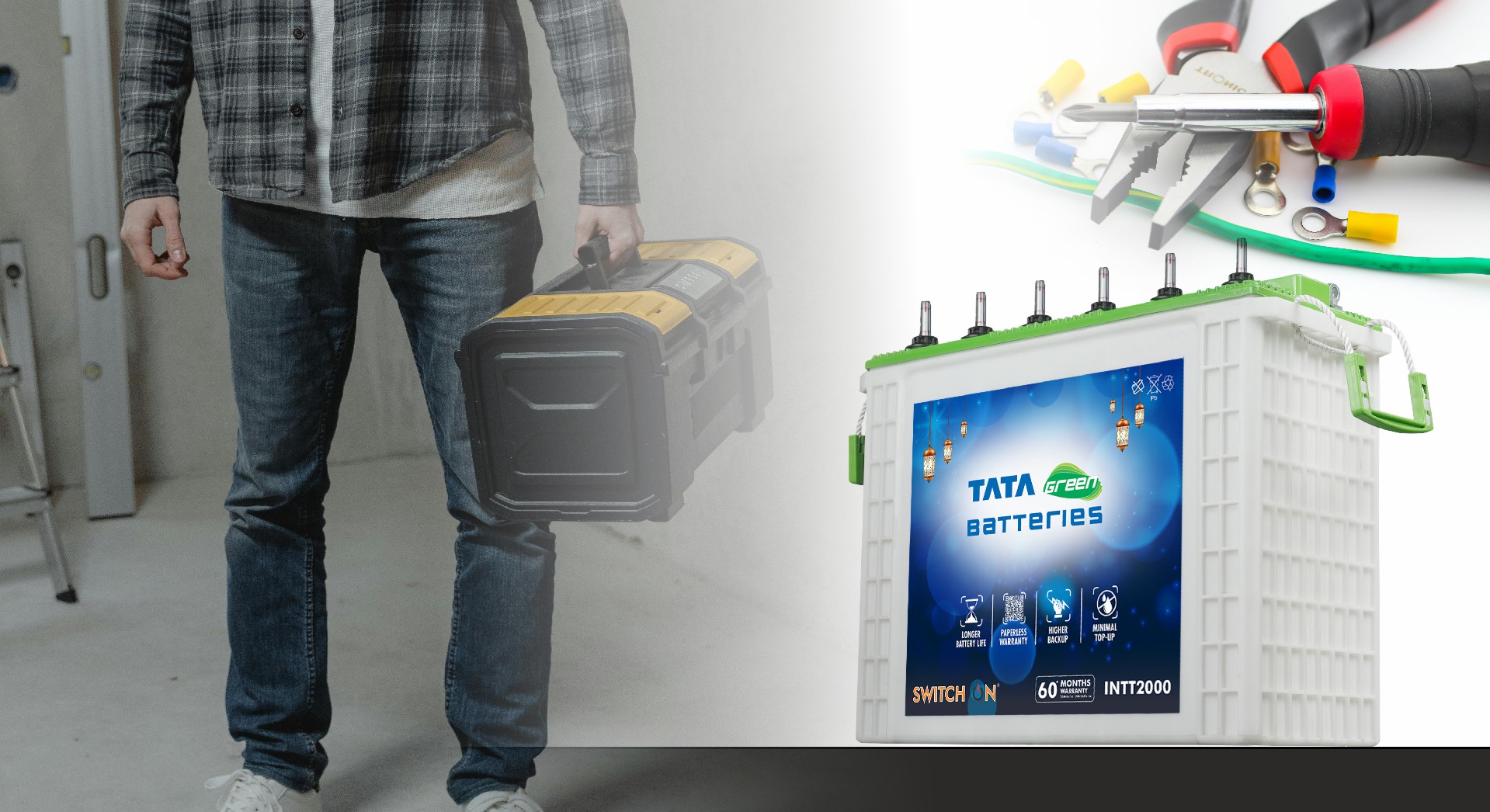Batteries power cars and bikes every day. They are tough and dependable. But like any machine, they can develop problems if not used or maintained properly. Two common issues that affect batteries are swelling and leakage. Both are warning signs that should never be ignored because they can damage the vehicle and put safety at risk.

Understanding what causes swelling and leakage can help avoid these issues and keep batteries reliable for longer.
Swelling
A swollen battery is a clear sign that something is wrong. The outer case may look bloated or the shape may seem distorted. This happens when pressure builds up inside, often due to the following reasons.
Overcharging
Overcharging is the most common reason for battery swelling. When a battery is charged more than it should be, the internal temperature rises, causing gases to form. These gases expand and push against the battery case, leading to swelling.
In cars, this often happens because of a faulty alternator that keeps sending power even when the battery is full. In bikes, defective charging systems or incorrect chargers can trigger the same problem.
Physical Damage
Batteries are sensitive to physical stress. Dropping them, punching them accidentally or mishandling them during installation can damage the internal plates and casing.
In bikes, constant vibrations from rough roads can slowly weaken the battery structure, while in cars, accidents or poor handling during maintenance can create cracks. Once the structure is disturbed, the battery becomes prone to swelling.
Age and Wear
No battery lasts forever. Over time, the internal components wear out and lose their ability to regulate pressure. Older bike and car batteries, usually around three to five years old, often show signs of swelling because their weakened structure cannot handle the stress of daily use.
Leakage
A leaking battery is dangerous because the fluid inside, known as electrolyte, is corrosive. It can damage the vehicle and cause injuries if it comes in contact with skin or eyes. Leaks are often linked to the following factors.
Overcharging
Just like with swelling, overcharging is a major cause of leakage. Excessive charging makes the electrolyte boil and overflow.
For bike batteries, an incorrect connection to a battery tender or using the wrong charger can push too much current inside, leading to leaks. In cars, faulty voltage regulators can cause the same issue by not controlling the flow of charge properly.
Physical Damage
Cracks and openings caused by physical stress make it easy for the electrolyte to escape. In bikes, constant vibration from bumpy roads weakens the seals and joints, eventually leading to leaks. In cars, accidental impacts during installation or collisions can break the case, resulting in fluid leakage.
Age and Deterioration
With age, the plastic casing of a battery weakens and may develop cracks. The seals, which are meant to keep the electrolyte inside, lose their strength and fail.
Car and bike batteries that have been in use for several years are especially prone to this problem. Once the case or seal is compromised, the electrolyte leaks out, leaving behind a damaged and unsafe battery.
Staying Alert to Warning Signs
Both swelling and leakage are clear warnings that a battery needs attention. Ignoring them can shorten the battery’s life and create risks for vehicles and people. Regular inspections, safe charging practices and gentle handling go a long way in preventing these issues.
Paying attention to how the battery looks and behaves is the key. If swelling or leakage is spotted, it is better to address the problem immediately rather than wait for bigger trouble later. A safe and well-maintained battery not only performs better but also keeps vehicles running without unexpected breakdowns.

